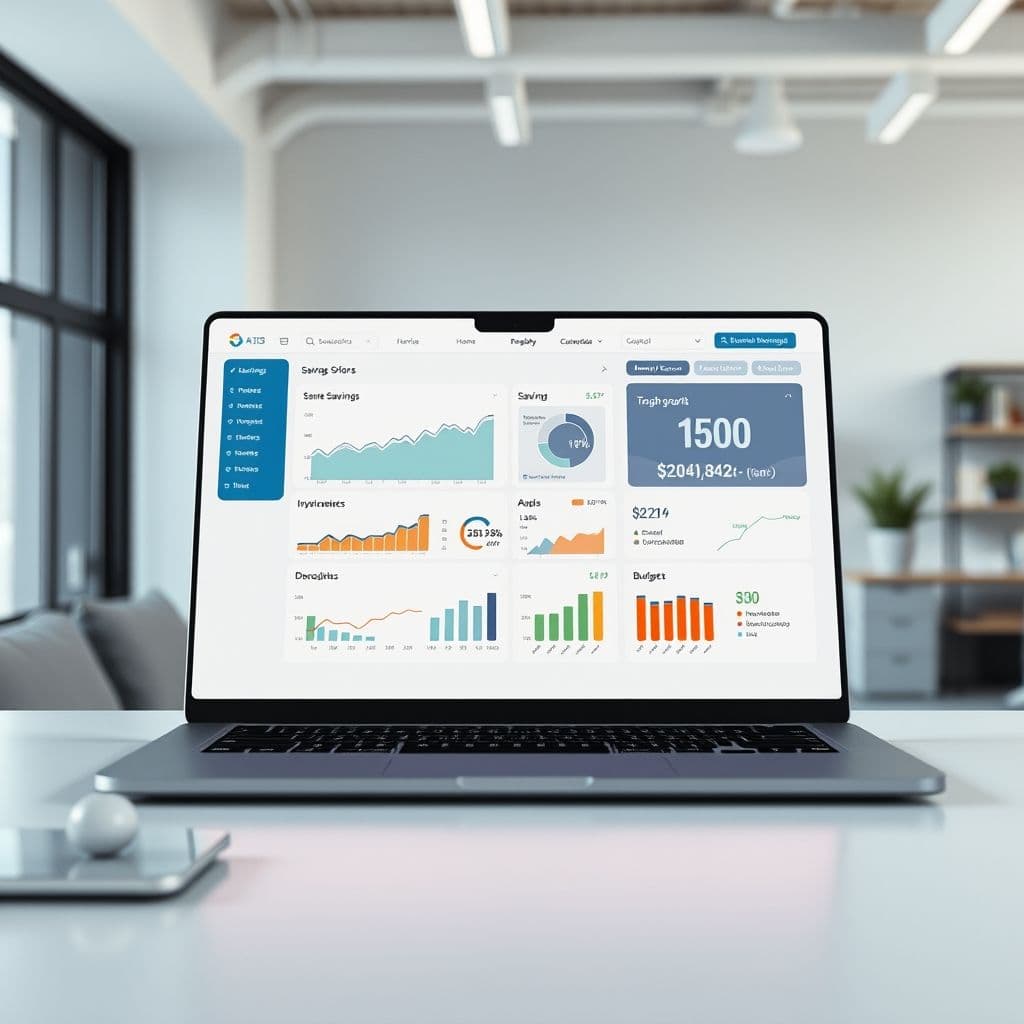How to Get Addicted to Saving Money: A Modern Financial Challenge

Many people dream of becoming addicted to saving money, but the reality is that most struggle with understanding where their money goes and how to make it grow. From confusing investment options to lack of clear financial visibility, the challenge of effective money management is real. Let's explore why this happens and imagine a solution that could transform personal finance into an engaging game.
The Problem: Why Saving Money Feels So Difficult
The average person has no clear picture of their monthly income versus expenses, let alone how much they're spending on specific categories like food, gas, or entertainment. This lack of visibility makes it nearly impossible to set realistic savings goals or track progress. Many users express intimidation around investing, confusion about high-yield savings options, and frustration with existing tools that feel either too complex or too simplistic.
Comments from real users highlight these pain points: 'How did you get into investing?!? It seems SO intimidating omg,' and 'I'm strugglingg.' Others mention wishing they had started sooner or looking for ways to maximize their future earnings. The emotional toll is significant - people feel alone in their financial journey and desperate for guidance that doesn't require becoming a finance expert.

SaaS Idea: The Personal Finance Game-Changer
Imagine a comprehensive personal finance management platform that combines investment tracking, budgeting tools, and educational resources into one seamless experience. This hypothetical SaaS solution would transform money management from a chore into an engaging game where users can 'beat their high score' each month by optimizing their savings and investment strategies.
The platform could feature automated expense categorization, personalized saving challenges, investment education tailored to different risk profiles, and social features that allow users to share progress (anonymously) and learn from others' strategies. It would demystify investing by providing clear, actionable guidance and showing exactly how small regular savings can grow into significant wealth over time.

Potential Use Cases and Benefits
Young professionals could use this platform to establish healthy financial habits early in their careers, turning monthly budget reviews into a rewarding ritual rather than a dreaded task. Families might benefit from the unified financial visibility, helping couples align on money goals and make better joint financial decisions.
The educational component could specifically help those intimidated by investing, providing gradual learning pathways that build confidence. The gamification aspects would appeal to competitive personalities who thrive on challenges and visible progress tracking. Ultimately, such a tool could help users develop what one commenter described as 'addiction to saving' - transforming financial management from a source of stress into a source of pride and accomplishment.
Conclusion
The struggle to save effectively is widespread, but the solution might lie in making personal finance more engaging, educational, and visually rewarding. By turning money management into a game with clear rules, progress tracking, and achievable challenges, we could help more people develop healthy financial habits that last a lifetime.
Frequently Asked Questions
- How viable would it be to develop this type of financial SaaS platform?
- Developing a comprehensive financial management platform would require significant investment in security, regulatory compliance, and user experience design. However, the clear market demand and potential for positive user impact make it a compelling concept worth exploring further.
- What would be the biggest challenges in creating such a platform?
- Key challenges would include ensuring bank-level security for financial data, navigating financial regulations across different regions, creating truly educational content that doesn't constitute financial advice, and designing gamification elements that actually motivate long-term behavior change rather than short-term engagement.
- How would this differ from existing budgeting apps?
- This hypothetical platform would uniquely combine investment education with budgeting tools, creating a seamless journey from basic money management to sophisticated wealth building. The focus would be on making financial progress visually rewarding and emotionally engaging, rather than just presenting numbers and charts.


